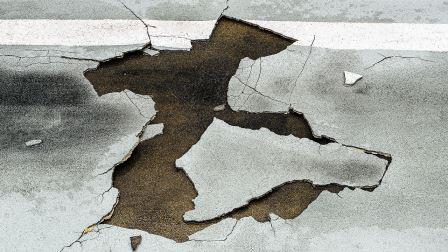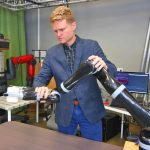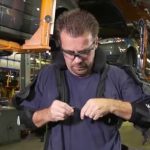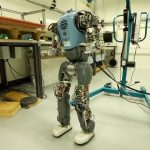A Fleet of Flying Robots Will restore Potholes in this U.k. city
A drone army might wage a war on crumbling streets.
November 2, 2015
think about riding a motorbike thru a brand new city side road and, as an alternative of getting to swerve to avoid a Swiss-cheese of potholes, you as a substitute must swerve to steer clear of a municipal worker drone as it swoops all the way down to restore the road. That’s the dream of engineers in the U.k., who see a way forward for “self-repairing cities.”
A workforce from the university of Leeds in England wants to boost autonomous restore drones on the way to flit across the city, recognizing issues and repairing them as they go. The project seems virtually absurdly positive, however the college has gained a $6.four million supply to finance the work.
“We need to make Leeds the first metropolis on this planet to have zero disruption from street works,” says the varsity of Civil Engineering’s Professor Phil Purnell in a unlock. “we are able to support infrastructure which may also be completely maintained by way of robots and make the disruption resulting from the steady digging up the highway in our cities a factor of the previous.”
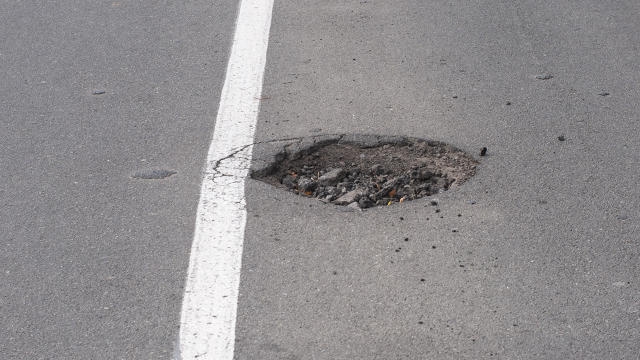
There might be three kinds of robot, all with catchy names. “Perch and repair” robots will perch like birds, then swoop right down to restore above-floor degree infrastructure, like side road lamps. “perceive and Patch” robots will dangle round searching for potholes and then repair them up. And finally, “fire and omit” is not a harsh strategy to eliminate present human workers, however a robot that’s dropped into the pipework underneath the streets and left to roam “performing inspection, repair, metering and reporting” as it goes.
The formidable challenge would put off human boulevard restore groups completely. “Our robots will undertake precision repairs and steer clear of the necessity for big development autos within the coronary heart of our cities,” says Rob Richardson of Leeds college’s nationwide Facility for progressive Robotic methods. “we will be able to use the distinctive capabilities of our robotic facility to make new, more in a position robots.”
Key to the theory is something that might work just as well with current human-powered restore: constant monitoring of city infrastructure to diagnose problems earlier than they get so giant they want a building crew and a few days value of closed streets to repair. It’s a lot more uncomplicated to fill a pothole when it’s only a small crack, as an alternative of ready unless its large enough to swallow the entrance wheel of a pizza-supply moped. “we can goal our interventions so that they are invisible to the human eye, prior to they grow to be a real drawback,” says college’s Raul Fuentes.
the big question, then, is who will restore the robots themselves?
[high picture: s-ts by means of Shutterstock]
(17)

